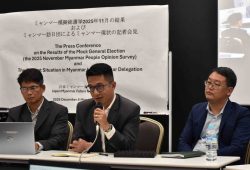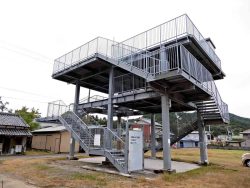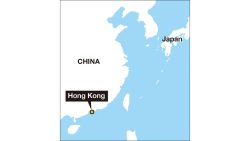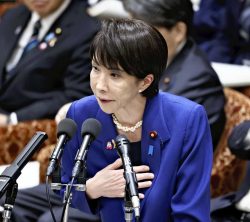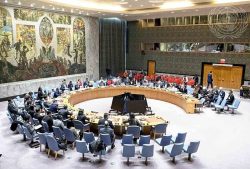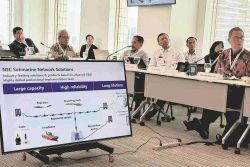Japan’s Disaster Relief Team Arrives in Myanmar, Playing Catchup with Chinese, Russian Aid after Earthquake
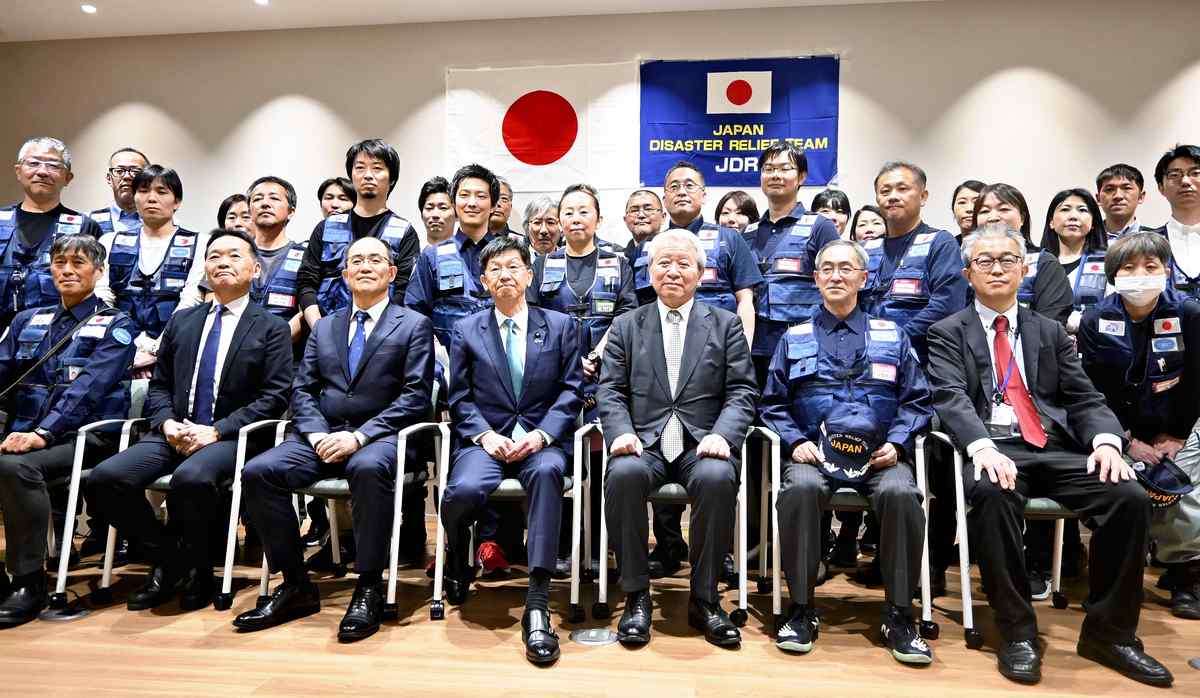
Members of a Japan Disaster Relief team pose for a photo after a pre-departure ceremony at Haneda Airport on Tuesday.
17:04 JST, April 3, 2025
Japan has moved to offer its full support for the areas damaged by a massive earthquake that struck central Myanmar. China and Russia, which have taken the lead in providing relief, are believed to be angling for closer ties with Myanmar’s ruling junta, which is under sanctions from the United States and Europe.
Japan hopes to use its experience in disaster recovery to help quake victims, while at the same time checking Chinese and Russian influence.
China, Russia quick to act
China began dispatching relief and medical teams to the disaster area on Saturday, the day after the earthquake struck. It has also contributed 100 million yuan (about ¥2.1 billion) in emergency funds and delivered tents and other supplies.
A Chinese Foreign Ministry spokesperson explained at a press conference on Monday that around 400 people had been dispatched and six survivors rescued, and also stressed that China would help Myanmar overcome the hardship.
Russia’s disaster relief ministry announced on Tuesday that 264 rescuers it sent to Myanmar had arrived, and claimed that it was the largest such group in the country. On the same day, the Russian Health Ministry said on social media that a medical team was engaged in rescue work in Mandalay, the country’s second largest city, near the epicenter of the quake, and also posted a photo of the team.
Meanwhile, a Japan Disaster Relief team began their work in areas suffering the effects of the quake on Wednesday. The team consists of 32 people, including doctors, nurses and pharmacists.
At a pre-departure ceremony at Haneda Airport on Tuesday evening, Hisashi Matsumoto, parliamentary vice minister for foreign affairs, said, “I have heard that the situation [in the disaster-stricken areas] is severe, but I hope that you will take good care of yourselves and show that Japan is there.”
The Foreign Ministry also announced that it would provide $6 million (about ¥900 million) in emergency grant aid through international organizations.
Looking to strengthen relations
Japan did not immediately provide full-scale aid because it was confirming the security situation, among other things. Since the military coup in 2021, the security situation in Myanmar has deteriorated due to intense fighting between the military junta and forces including democratic factions. The Japanese Foreign Ministry dispatched an advance team to Myanmar to survey assistance needs and the areas where aid teams could operate.
Although Japan does not recognize the legitimacy of the coup, it has an embassy in Yangon, the largest city in the country, and has established a unique relationship with the junta for the protection of Japanese citizens and humanitarian aid. The government hopes to enhance its influence by supporting earthquake relief efforts.
The United States and Europe are taking care to ensure that their support for the disaster-affected areas does not lead to direct support for the junta.
The United Kingdom announced £10 million (about ¥1.9 billion) in humanitarian aid on Saturday, explaining that it will work with local partners who receive funding from Britain. The U.S. State Department said Monday that it would provide up to $2 million (about ¥300 million) through humanitarian aid organizations working in the region.
"World" POPULAR ARTICLE
-
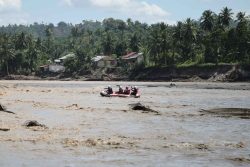
8 Japanese Nationals Stranded on Indonesia’s Sumatra Island
-

U.S. Senate Resolution Backs Japan, Condemns China’s Pressure
-

Mozambican Cooking Class Held in Matsuyama, Ehime Pref.; Participants Don Aprons, Bandanas Made from Traditional Mozambique Fabric
-
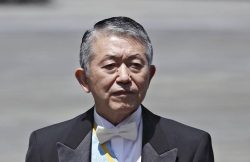
China to Impose Sanctions on Shigeru Iwasaki, Former Head of Japan’s Self-Defense Forces, Who Serves as Adviser to Taiwan’s Executive Branch
-
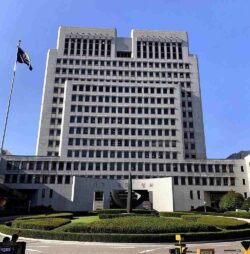
South Korea’s Top Court Dismisses Nippon Steel Appeal in Lawsuit over Requisitioned Worker
JN ACCESS RANKING
-

Tokyo Economic Security Forum to Hold Inaugural Meeting Amid Tense Global Environment
-
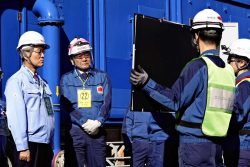
Keidanren Chairman Yoshinobu Tsutsui Visits Kashiwazaki-Kariwa Nuclear Power Plant; Inspects New Emergency Safety System
-
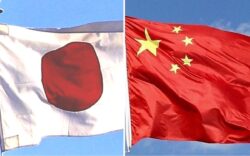
Imports of Rare Earths from China Facing Delays, May Be Caused by Deterioration of Japan-China Relations
-

University of Tokyo Professor Discusses Japanese Economic Security in Interview Ahead of Forum
-
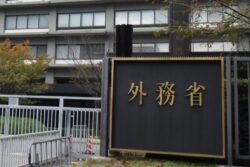
Japan Pulls out of Vietnam Nuclear Project, Complicating Hanoi’s Power Plans



